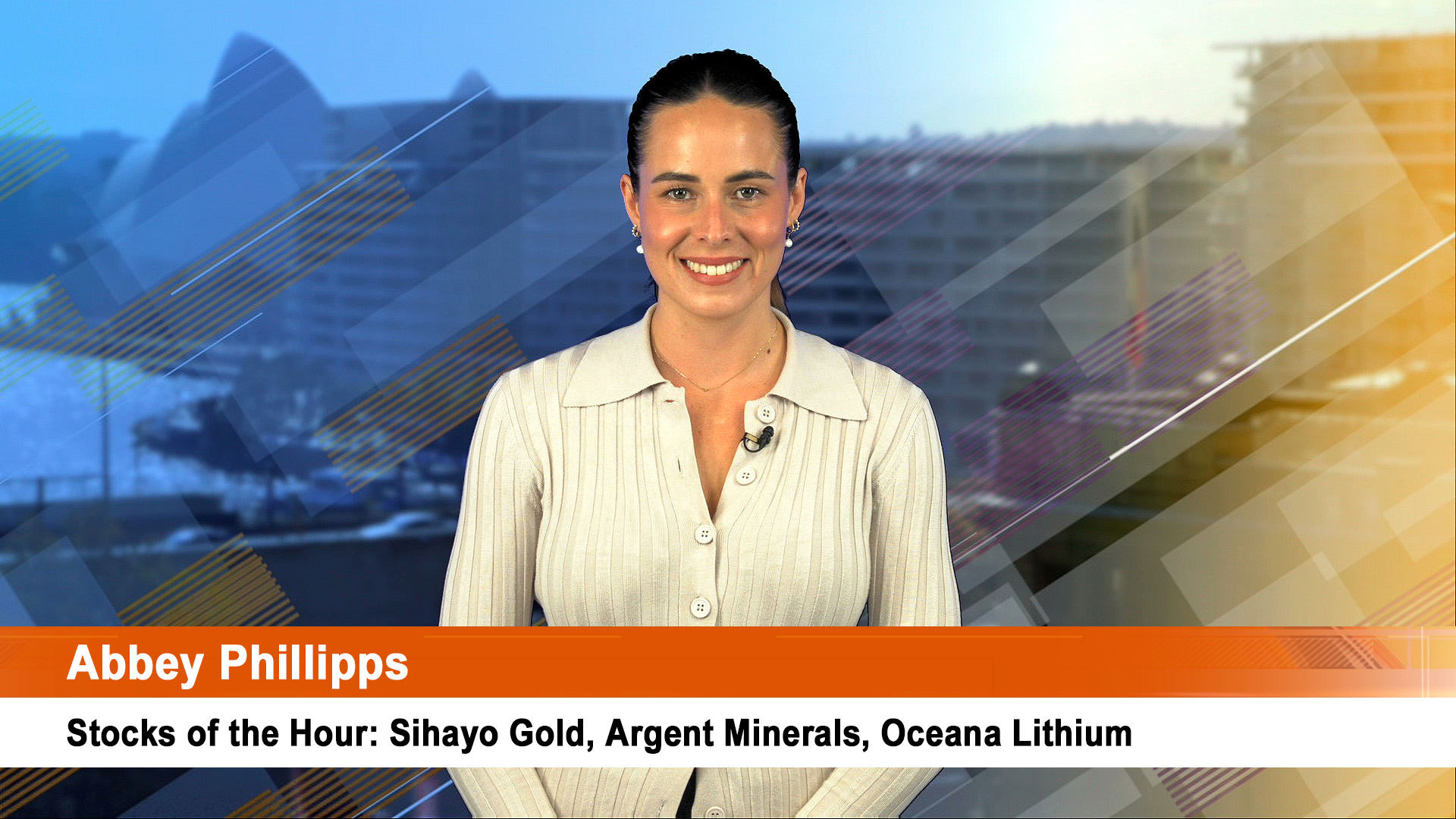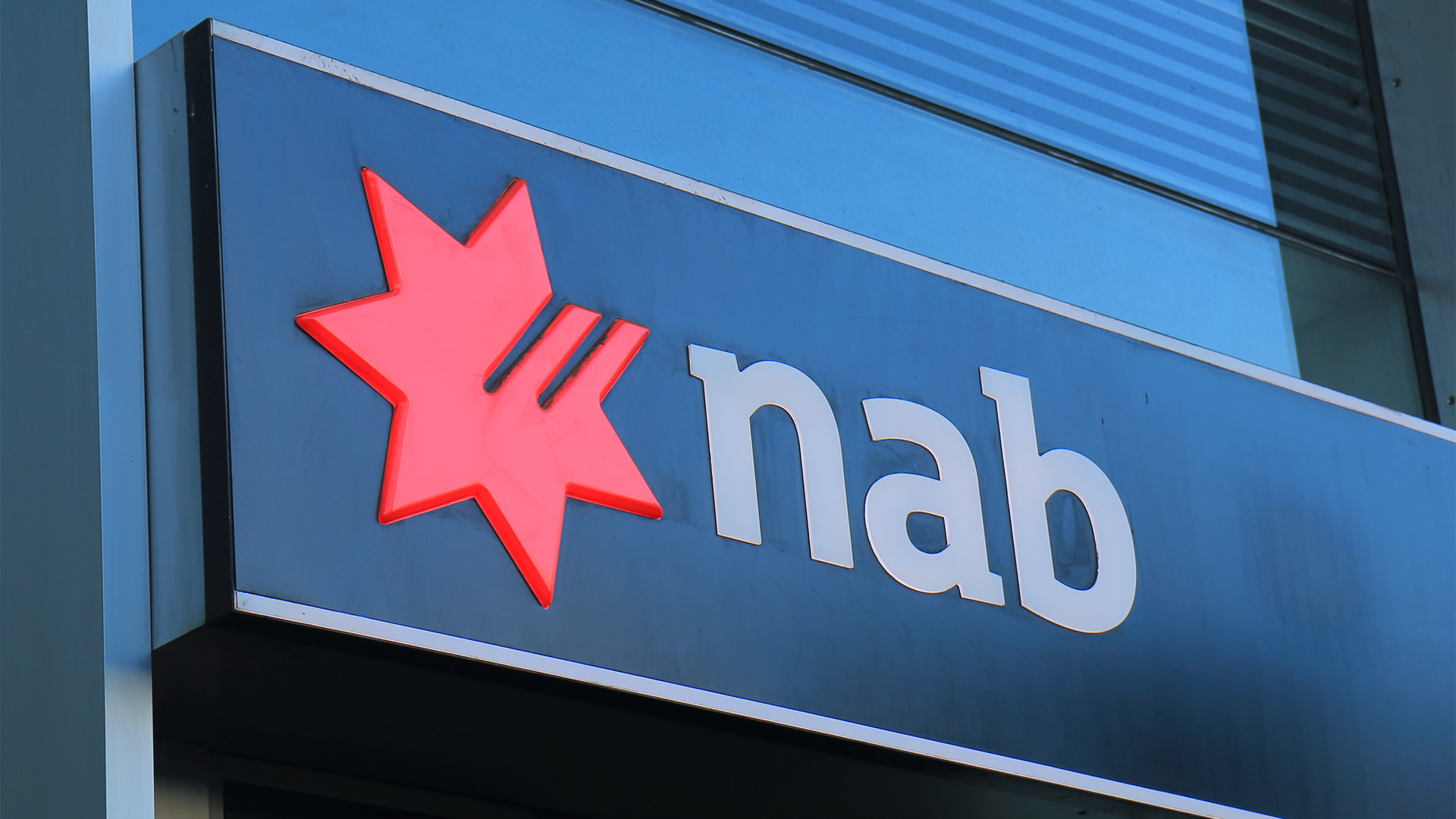The National Australia Bank’s latest business survey shows business conditions are back to their best since levels the GFC, continuing a trend that emerged midway through last year.
On top of that, business confidence has now picked up after several months of low readings.
The NAB said yesterday that its main business conditions index jumped four points in March to 12, putting its level with its highest point since the GFC in late 2008.
Business confidence also improved, up three points to around a long-term average of six.
The bank’s chief economist Alan Oster said in a comment the latest result, “provides more assurance that the Australian economy is weathering the global challenges well, and is successfully transitioning through the end of the mining boom”.
"The lift in business conditions to these levels not only suggests that Australia is withstanding the uncertainty offshore, but that the recovery in the non-mining sectors of the economy have in fact stepped up a gear this month," he said.
The survey found the the employment component of the confidence measure was particularly robust, up four points to five, while improved capacity utilisation suggests this trend will continue.
“Tighter capacity, good profitability and improving confidence levels all raise the prospects for a ramping-up of business spending and employment ahead,” Mr Oster commented yesterday.
But he pointed out that not all indicators were rosy, such as forward orders and stocks which told a different story, dropping below zero in the first instance and by nine points in the second.
But Mr Oster said the overwhelming message from the survey was that headline improvement in conditions and sentiment had spread to most sectors and industries, with even laggards such as manufacturing and transport more upbeat on their prospects.
“It is particularly encouraging to see the employment index point towards ongoing strength in the labour market, supported by signs the recovery is broadening into previous trouble spots such as manufacturing,” Mr Oster said yesterday.
By industry, service industries remain the best performers, although construction also closed the gap in March, manufacturing is looking more upbeat and transport appears to be responding positively to lower fuel prices – in contrast, mining conditions remain extremely weak and retail was disappointing (as the retail sales reports for January and February from the Bureau of Statistics have told us.)
Mr Oster said the results supported NAB’s case for no further interest rate cuts from the RBA this year.
“We have maintained our expectation for the RBA to keep the interest rate on hold for an extended period," he said.
But Mr Oster cautioned that if the economy slowed unexpectedly, the RBA could move quickly.
“With inflation remaining low and the AUD drifting higher, the RBA has expressed a willingness to cut rates should the non-mining sector recovery exhibit signs of faltering – albeit there is no evidence of that yet,” Mr Oster said.
“Our real GDP forecasts are broadly unchanged at 2.7% in 2016 and 3.0% in 2017, before easing to 2.5% in 2018 as the large contribution from net exports dissipates.
"The unemployment rate is forecast to fall to 5.6% by end-16, ease a touch further to 5.5% by end-17 before ticking up in 2018. While recent AUD appreciation presents a downside risk to economic activity, we doubt whether this move higher will be sustained and expect the downward trend to resume as the year progresses,” the NAB commented in yesterday’s report.
Westpac’s monthly consumer confidence report is out later this morning. The NAB report will prove to be a more accurate guide on the health of the economy.













